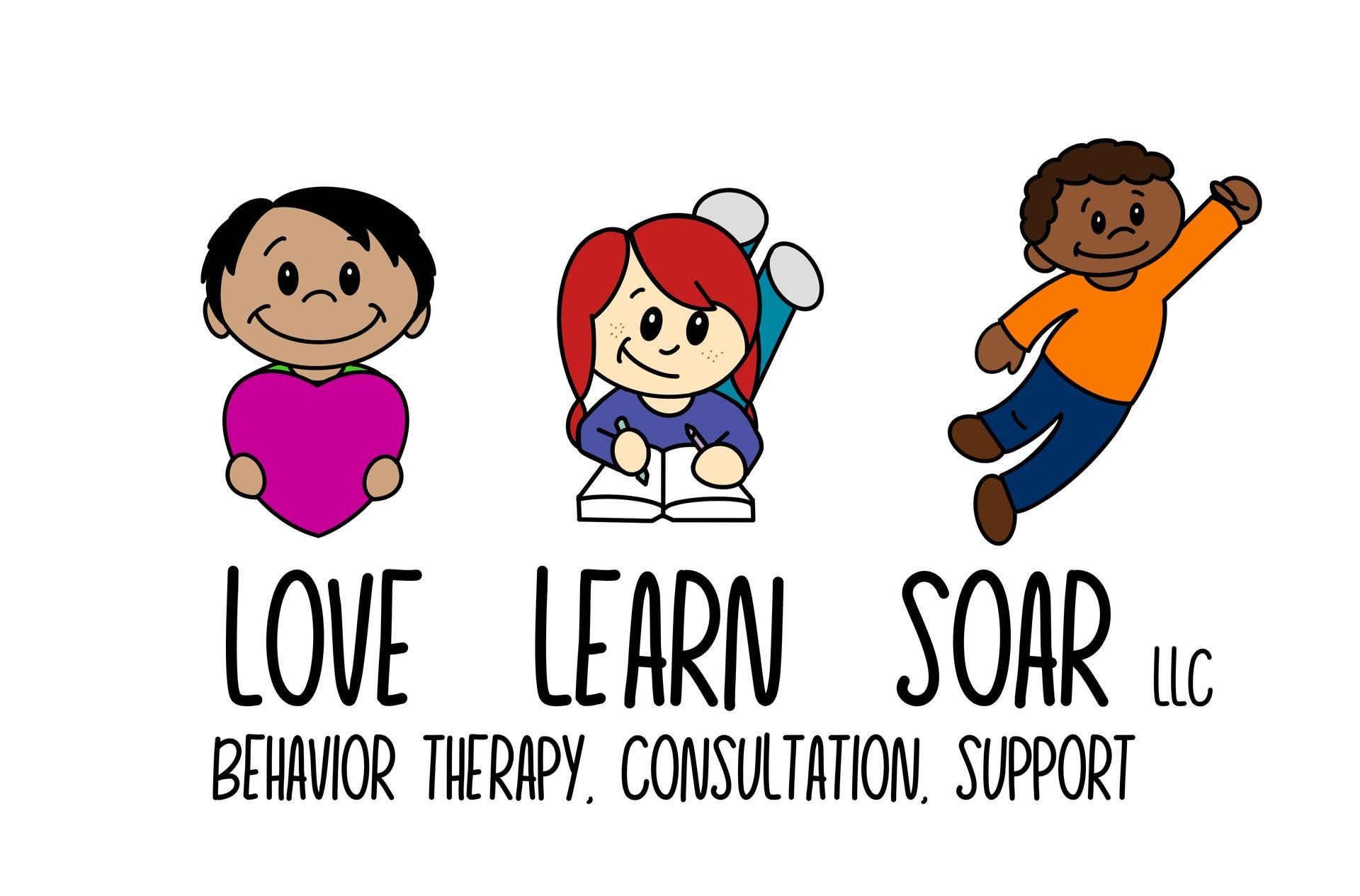18 September 2025
Quality sleep is foundational for children’s development—impacting behavior, learning, mood, and overall health. For many children with Autism Spectrum Disorder (ASD), falling asleep and staying asleep can be especially challenging due to sensory sensitivities, anxiety, communication barriers, irregular routines, and co-occurring conditions. The good news: with structured supports and evidence-based strategies, sleep can improve. Here’s a parent-friendly guide to better sleep, plus how Love, Learn, Soar’s Board Certified Behavior Analysts (BCBAs) partner with families to make progress that lasts. Common Sleep Challenges in Autism Difficulty falling asleep (sleep onset): Long sleep latency due to anxiety, sensory overstimulation, or irregular routines. Night wakings: Waking and needing caregiver presence or preferred items to fall back asleep. Early morning waking: Fixed early wake times that disrupt overall sleep duration. Irregular sleep schedules: Inconsistent bedtimes/risetimes and variable nap patterns. Sensory sensitivities: Light, sound, textures, or temperature changes that make settling difficult. Co-occurring factors: GI discomfort, ADHD, anxiety, or medication effects can influence sleep. Evidence-Based Sleep Foundations Start with these core sleep hygiene practices. They create a stable foundation for behavior strategies to work. Consistent schedule: Aim for the same bedtime and wake time every day (including weekends) with enough total sleep for the child’s age. Predictable bedtime routine: 20–30 minutes of calming, same-order activities (bath, PJs, toothbrushing, quiet book time). Use a visual schedule to support transitions. Sleep-friendly environment: Cool, dark, and quiet room. Consider blackout curtains, white noise, and comfortable bedding that matches your child’s sensory preferences. Light management: Dim lights 60–90 minutes before bed and avoid screens during that time. Morning sunlight helps set circadian rhythms. Activity timing: Encourage daytime physical activity and cap stimulating play at least an hour before bedtime. Nutrition: A balanced dinner and a small bedtime snack if needed; limit caffeine and excessive evening sugar. Behavior Strategies That Work Bedtime fading: Temporarily set bedtime to the time your child naturally falls asleep, then move it earlier by 10–15 minutes every few nights as sleep onset improves. Graduated parental fading: If your child needs you to fall asleep, gradually reduce your proximity and attention over days/weeks to build independent sleep skills. Scheduled awakenings: For predictable night wakings, gently wake your child just before the usual time and resettle; gradually fade the scheduled awakening. Response plan for night wakings: Keep responses calm, brief, and consistent. Avoid reinforcing wakeful behavior with stimulating activities. Functional communication: Teach simple, appropriate ways to request water, bathroom, or comfort, and then guide back to bed. Reinforcement systems: Use a token chart or morning reward for meeting clear, achievable sleep goals (e.g., staying in bed, using quiet body). Visual supports: Bedtime pass, picture schedules, and timers reduce uncertainty and support independence. Addressing Sensory Needs Work with your child’s preferences and sensitivities: Test different pajamas, sheets, and sleep sacks to find comfortable textures. Try white noise, soft music, or silence depending on sensitivity to sound. Consider weighted blankets or compression sheets only if your child finds them calming and with guidance from your provider. Use dim, warm lighting and familiar scents to cue relaxation. Health Considerations Rule out medical factors: Discuss snoring, mouth breathing, reflux, eczema, or GI discomfort with your pediatrician. Sleep-disordered breathing or allergies can disrupt sleep. Medication timing: If your child takes medication, ask the prescriber whether timing may affect sleepiness or alertness. How Love, Learn, Soar BCBAs Support Better Sleep Our team provides individualized, family-centered support to build sustainable sleep routines: Personalized assessment: We gather sleep history, review current routines, and identify environmental and behavioral factors influencing sleep. Data-informed plan: We create a tailored sleep plan using ABA principles—clear routines, skill-building, reinforcement, and gradual fading. We track progress with simple sleep logs. Caregiver coaching: We provide step-by-step guidance and role-play responses for bedtime and night wakings, including Acceptance and Commitment Therapy (ACT)-informed strategies to support caregiver consistency. Collaboration with providers: We coordinate with pediatricians, psychologists, and schools to ensure a cohesive plan. Flexible delivery: Support is available center-based in Boynton Beach, in-home, and in the community from Deerfield north to West Palm. What Progress Looks Like Shorter time to fall asleep and fewer night wakings More independent settling at bedtime and after wakings Calmer evenings with predictable routines Improved daytime behavior, attention, and mood Getting Started If sleep has been a struggle for your child, we’re here to help. Love, Learn, Soar has no waitlist and onboards new families each month. Contact us to schedule an assessment and receive a customized sleep plan that fits your child’s unique needs. Love, Learn, Soar LLC 1035 Gateway Boulevard, Suite 212, Boynton Beach, FL 33426 Phone: 561-600-9822 | Email: info@lovelearnsoar.com Service area: From Deerfield north to West Palm, FL Helpful Checklist for Parents Set a consistent sleep schedule (bed/wake within 15–30 minutes daily) Create a 20–30 minute visual bedtime routine Dark, cool, quiet room; reduce screens 60–90 minutes pre-bed Plan a calm response for night wakings; keep it brief and consistent Use reinforcement for achievable sleep goals Track sleep with a simple log for 1–2 weeks to guide changes Consult your pediatrician for medical concerns; coordinate with your BCBA If you’re ready to improve sleep for your child and your family, reach out to Love, Learn, Soar—we’re committed to quality, compassionate care that helps children learn, grow, and thrive.







